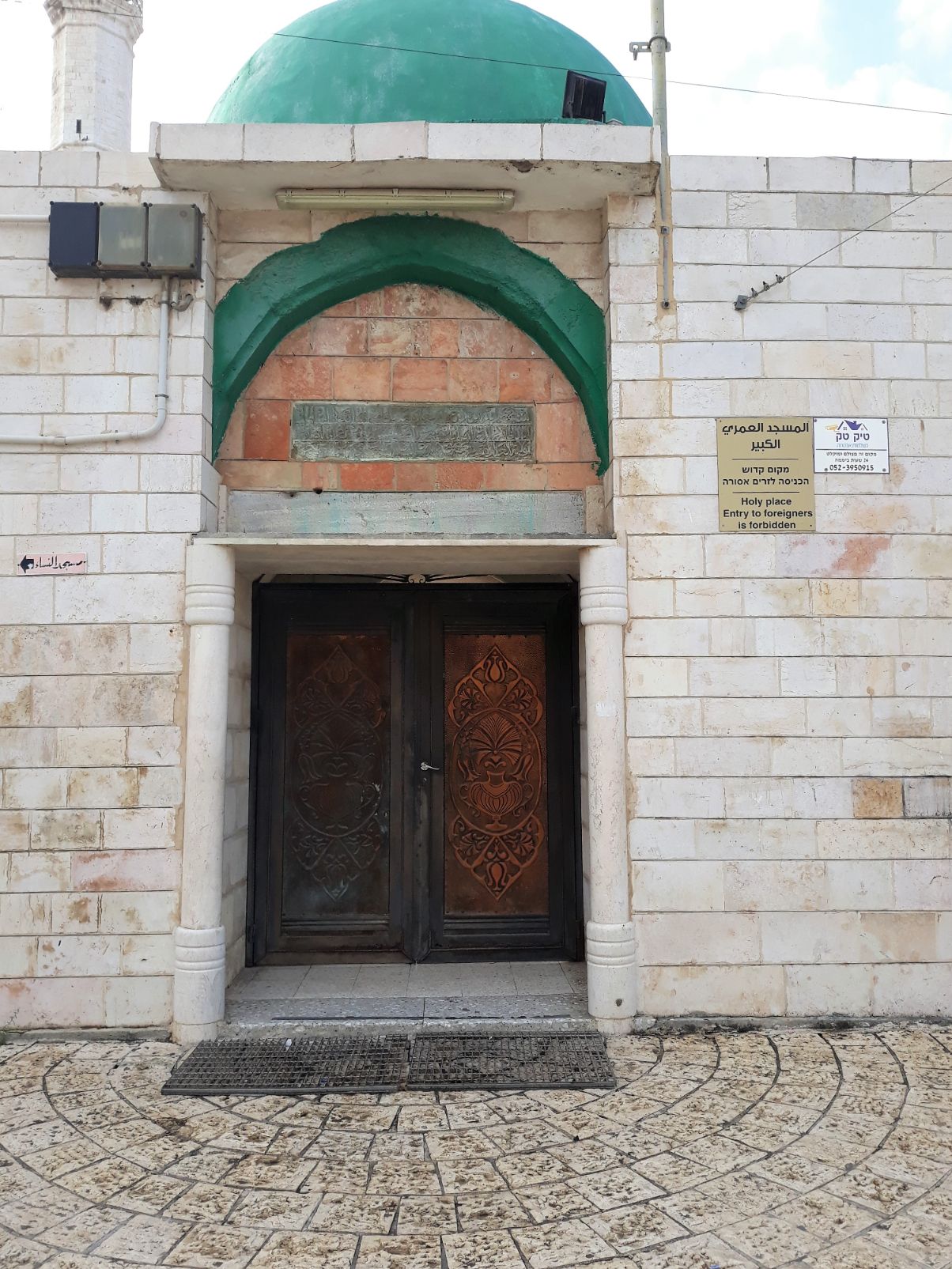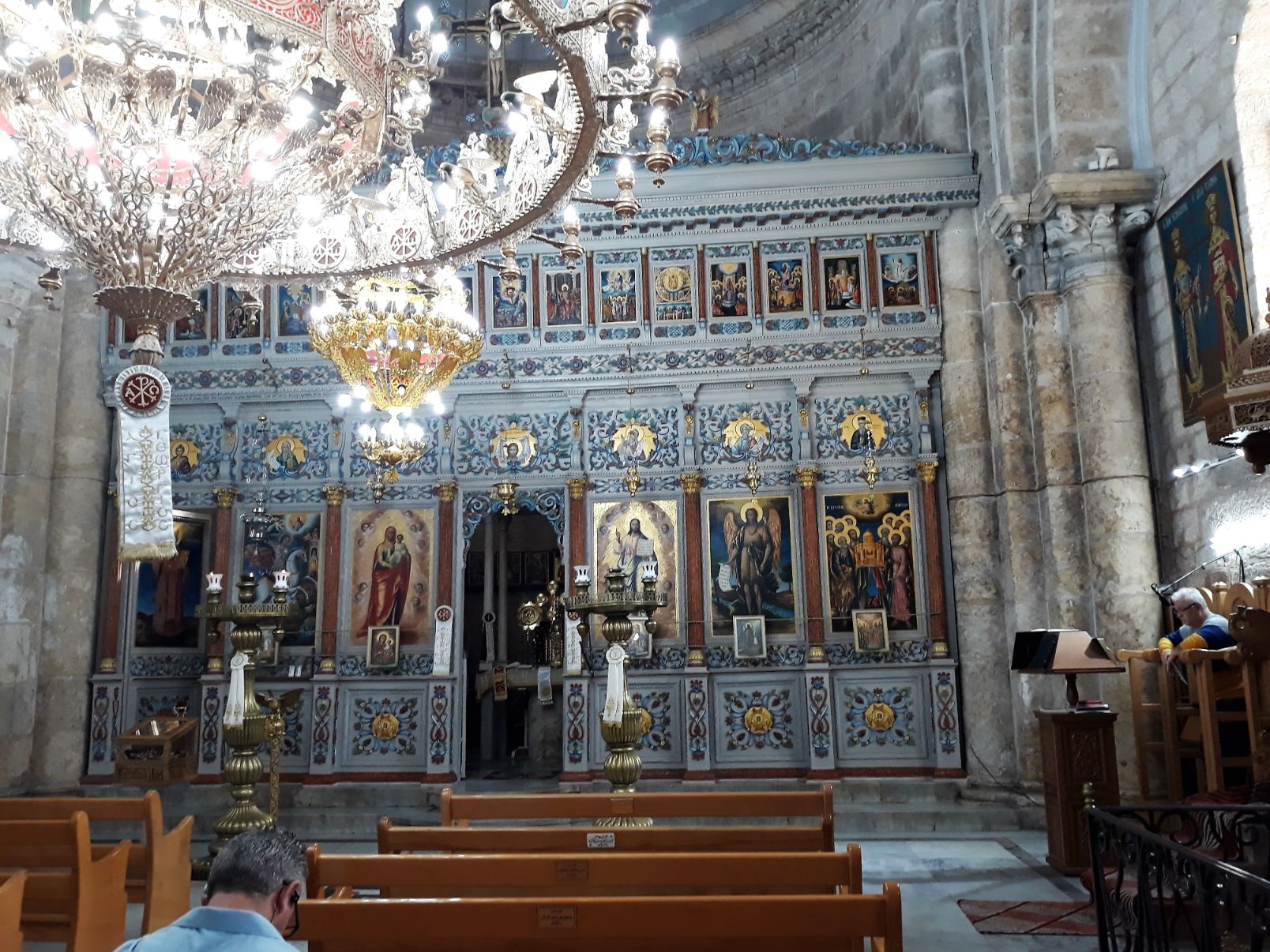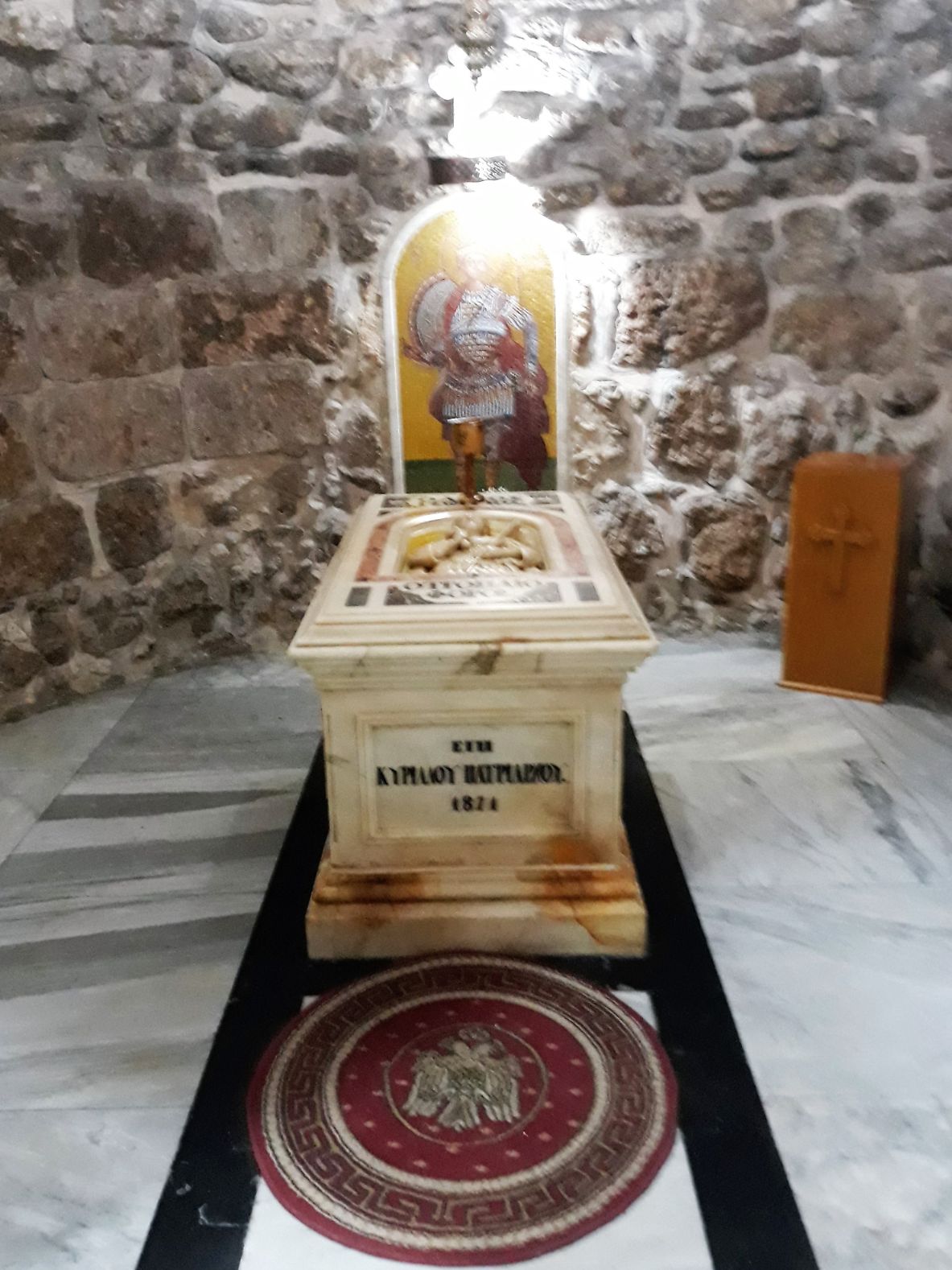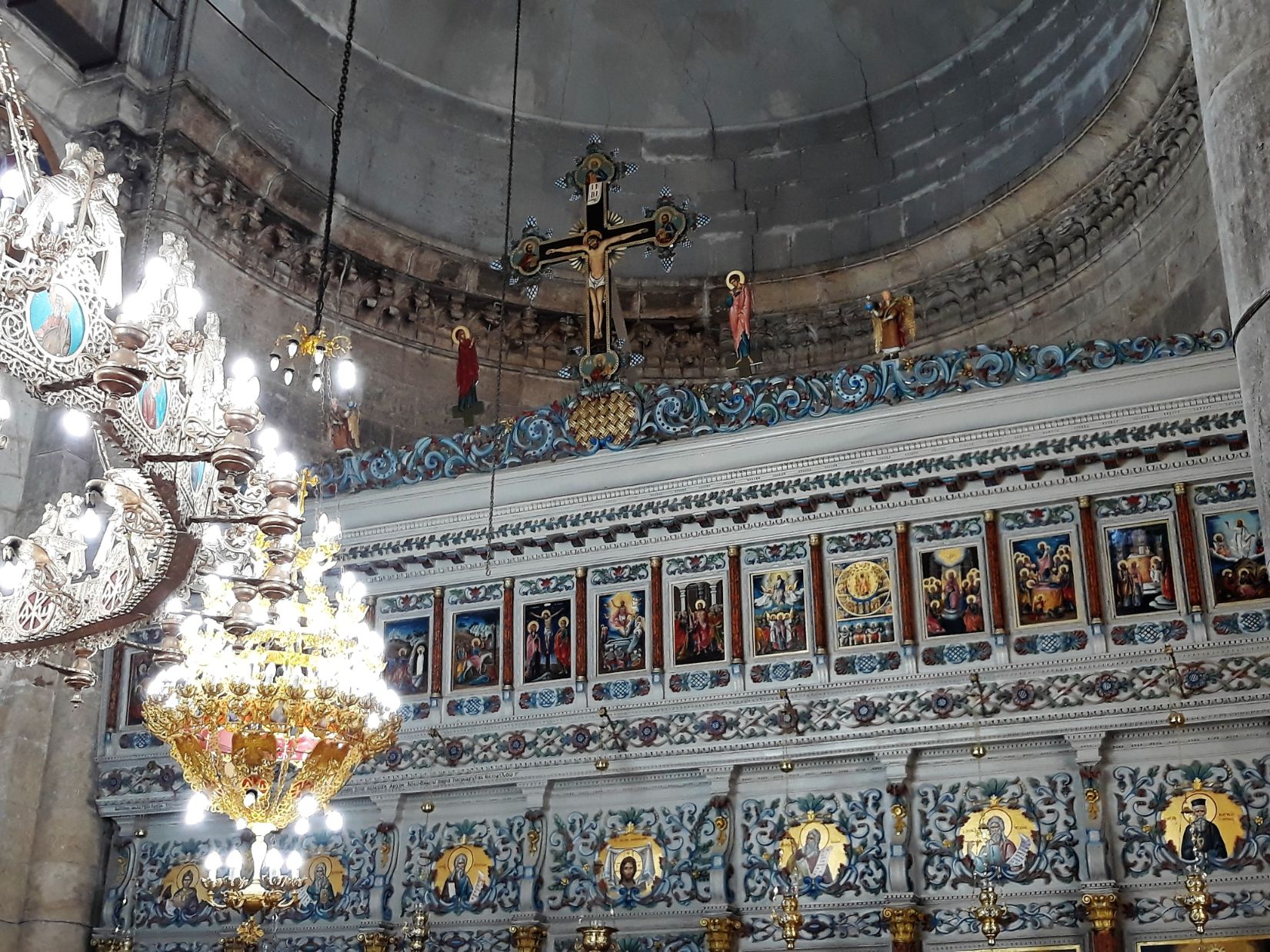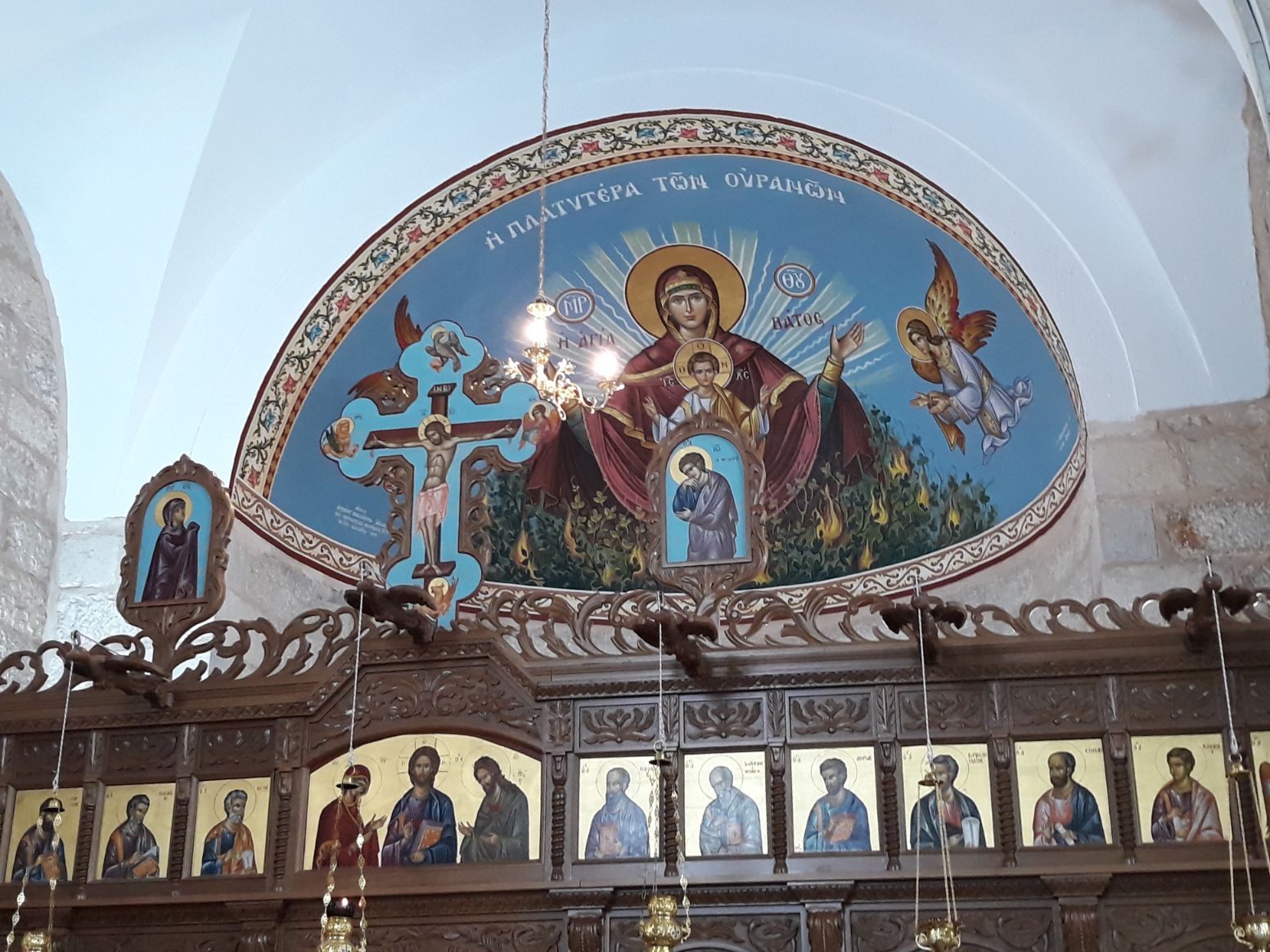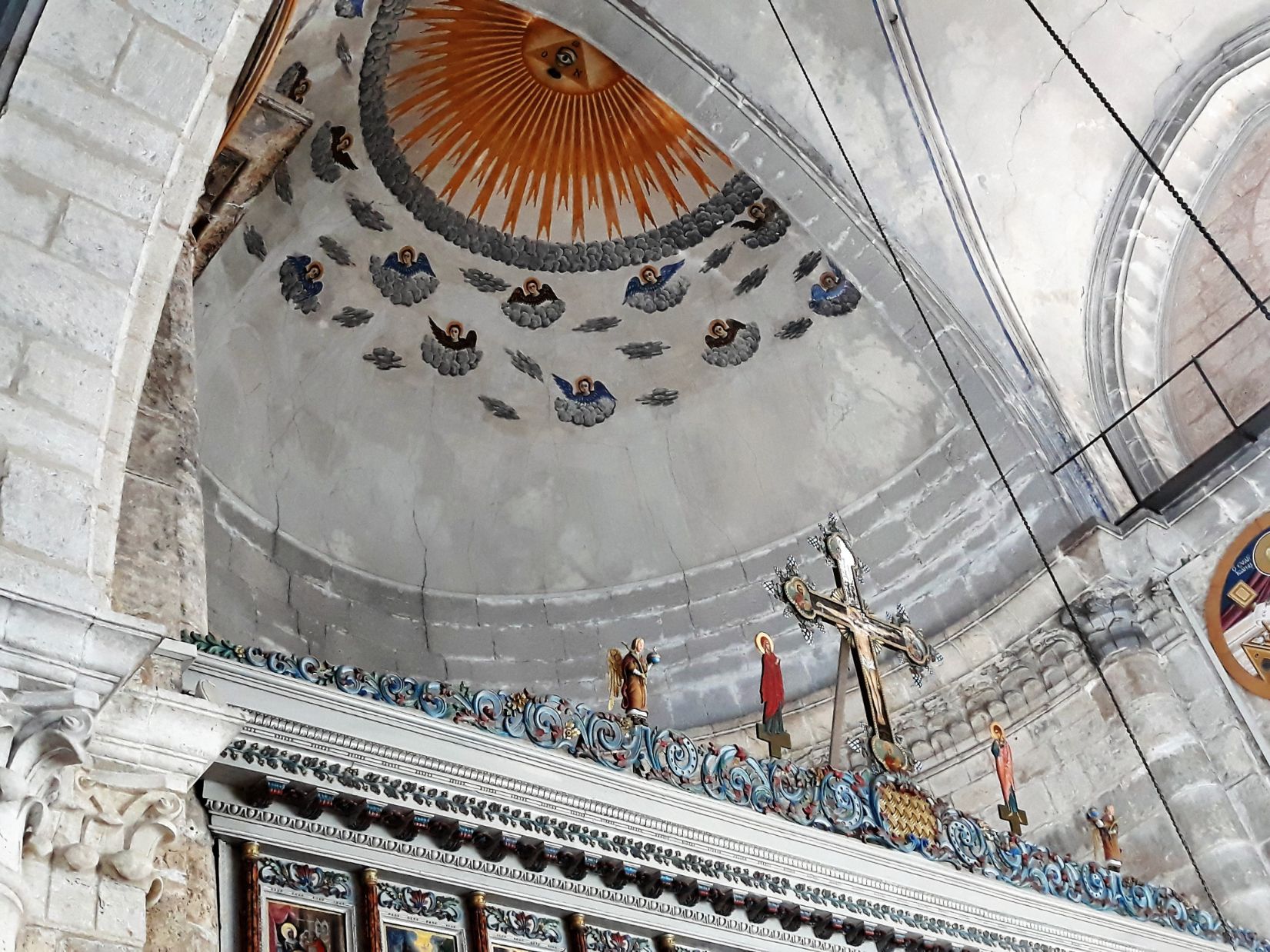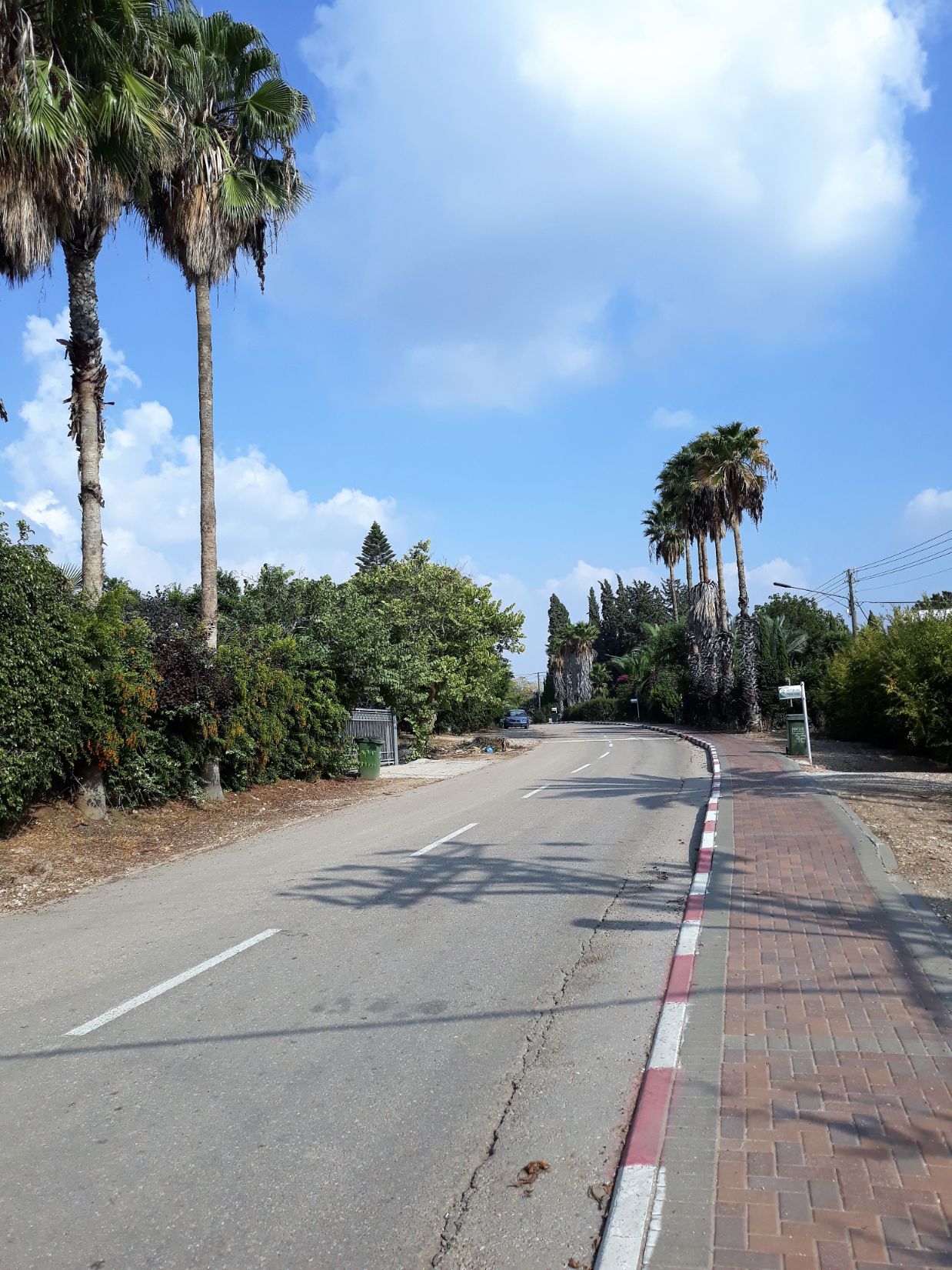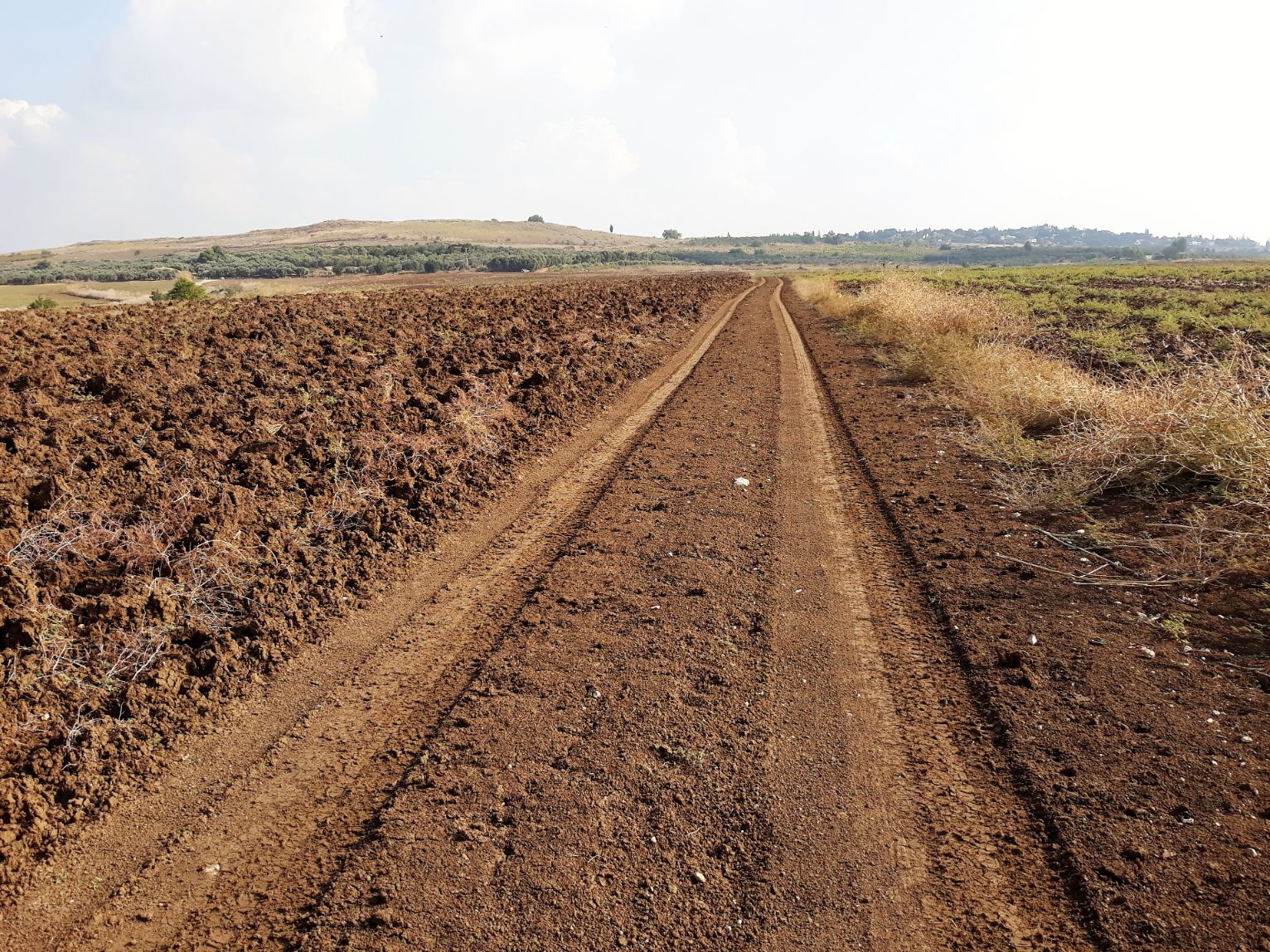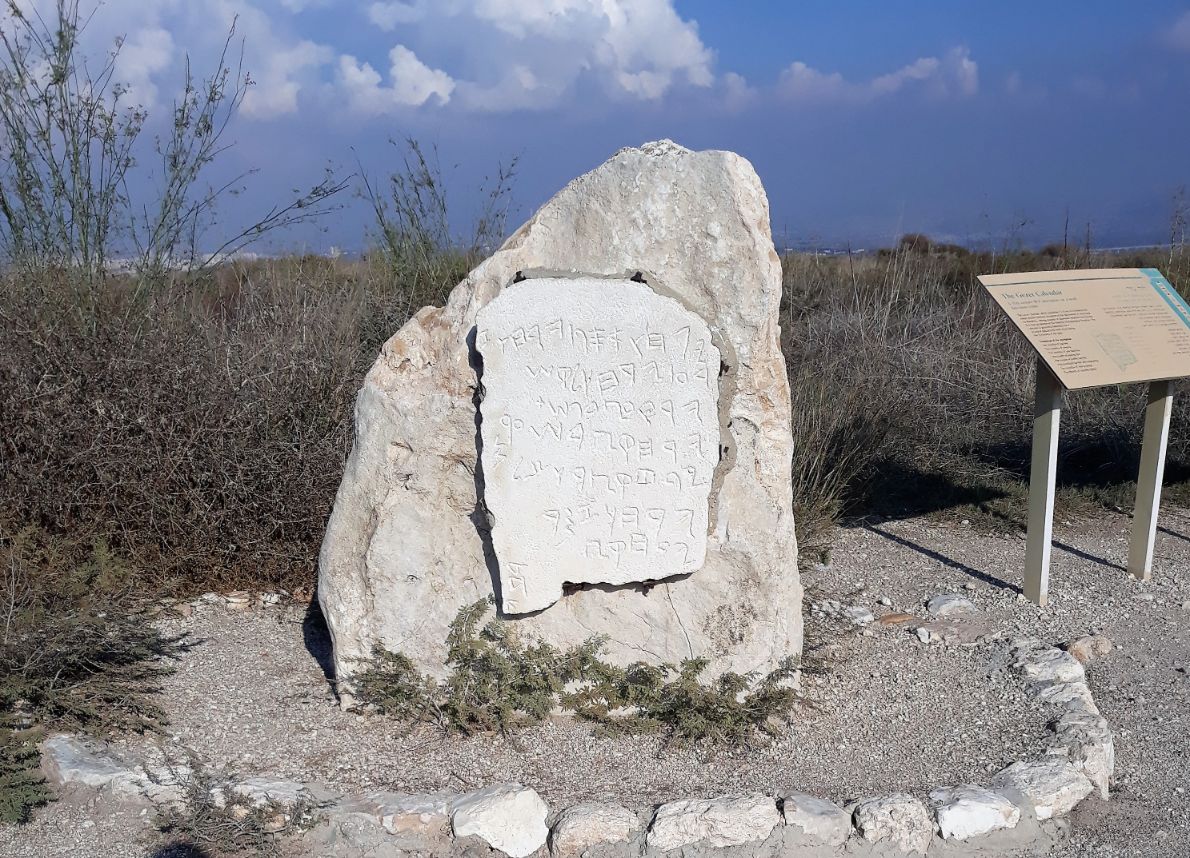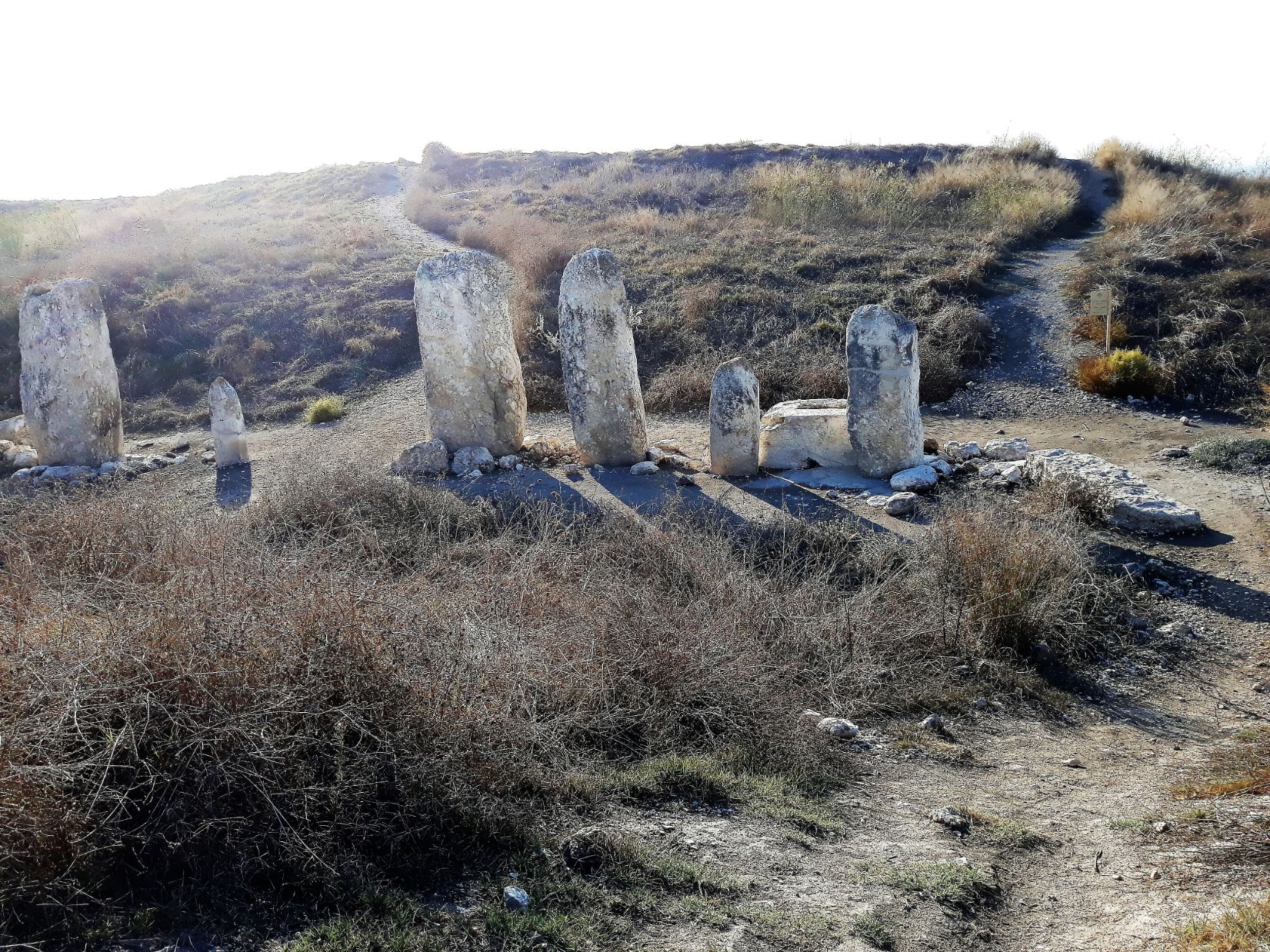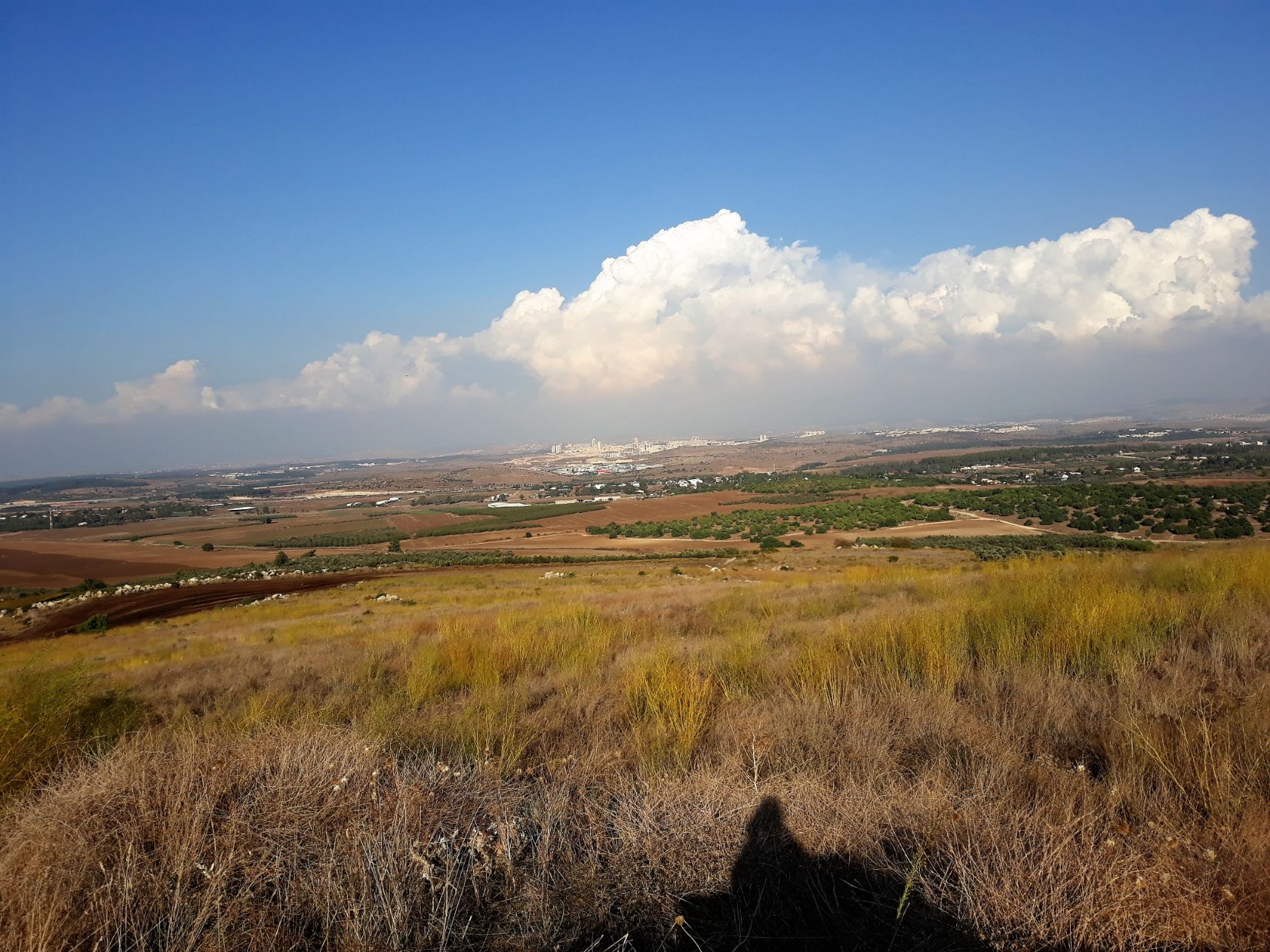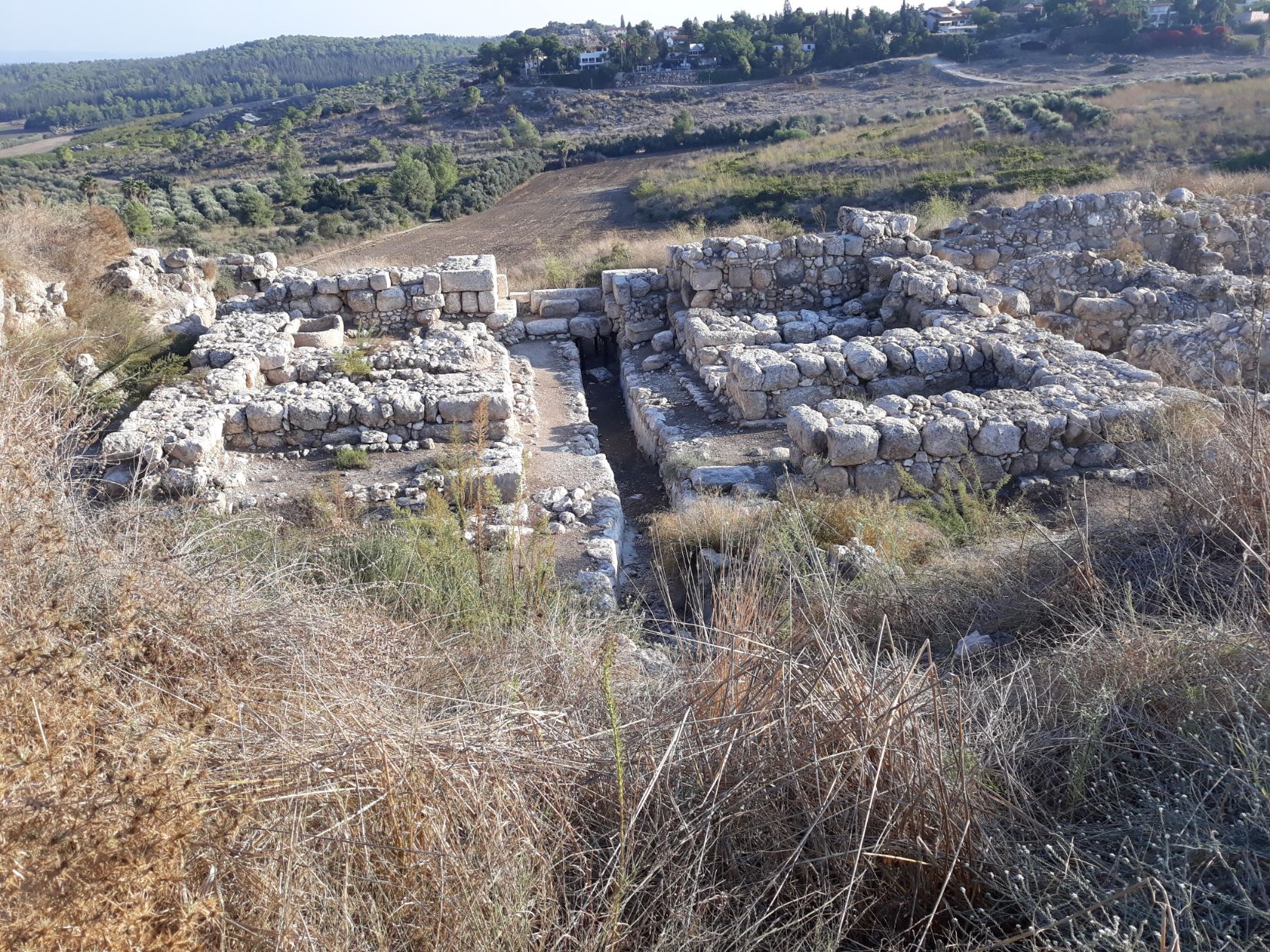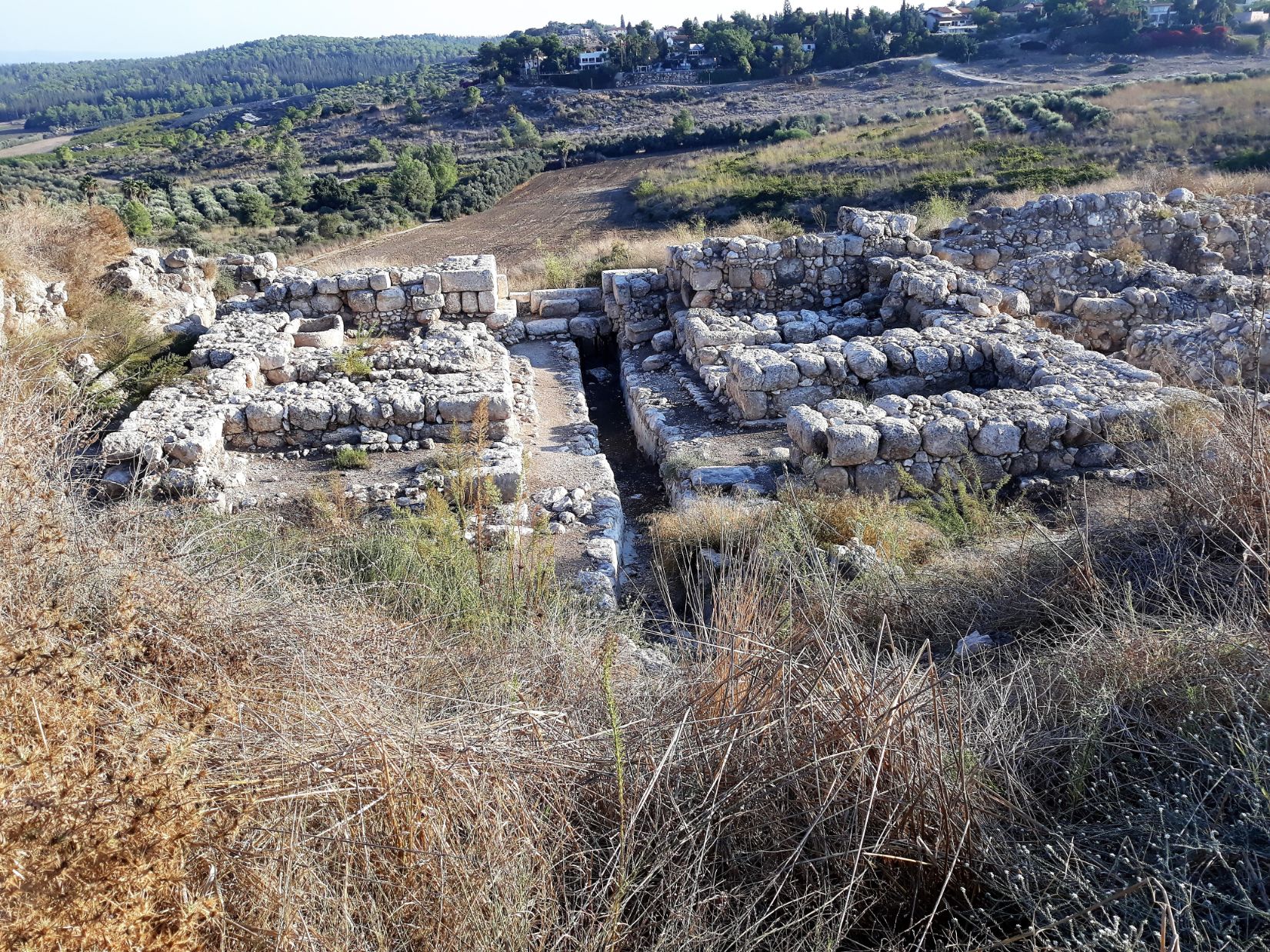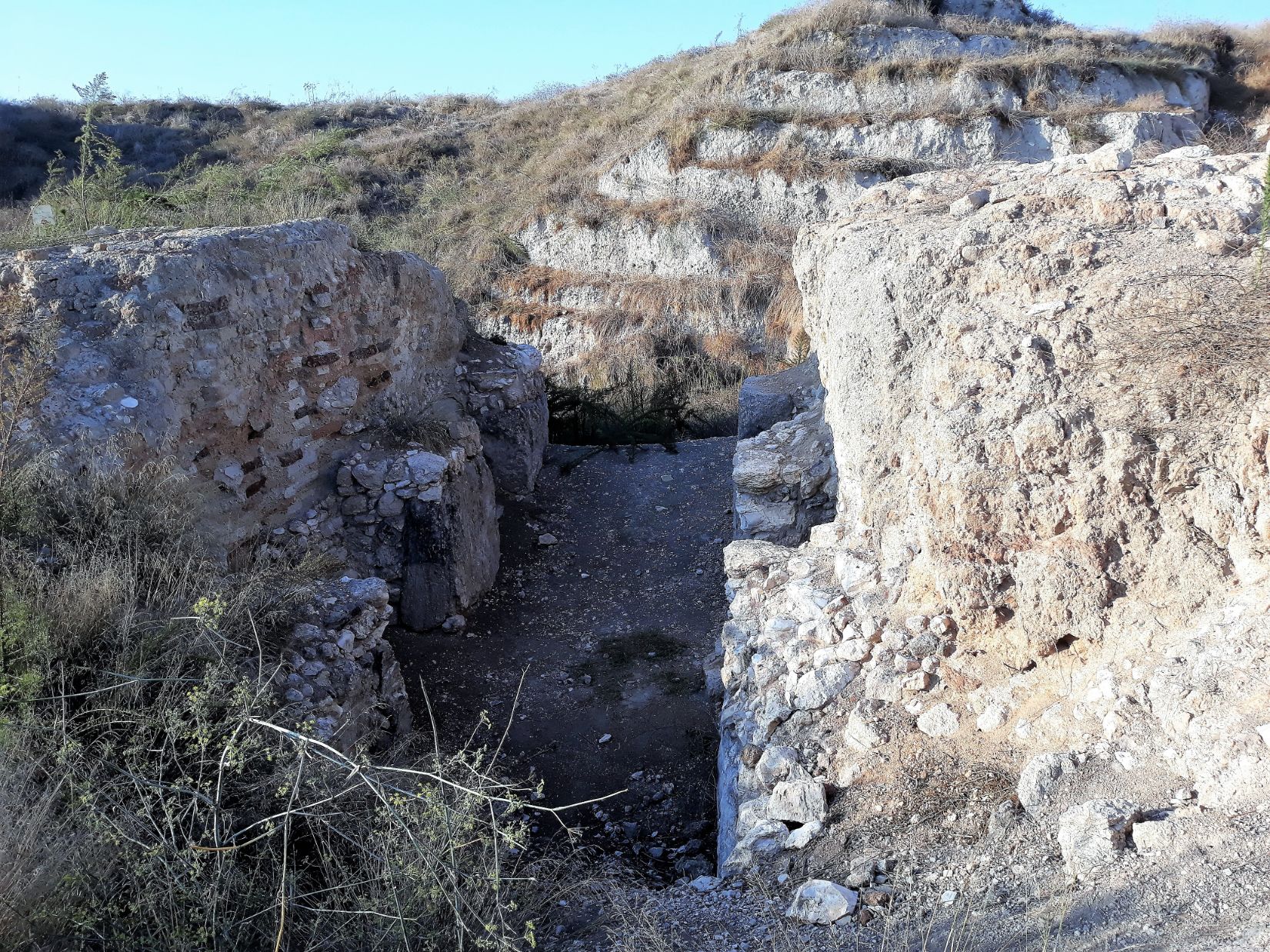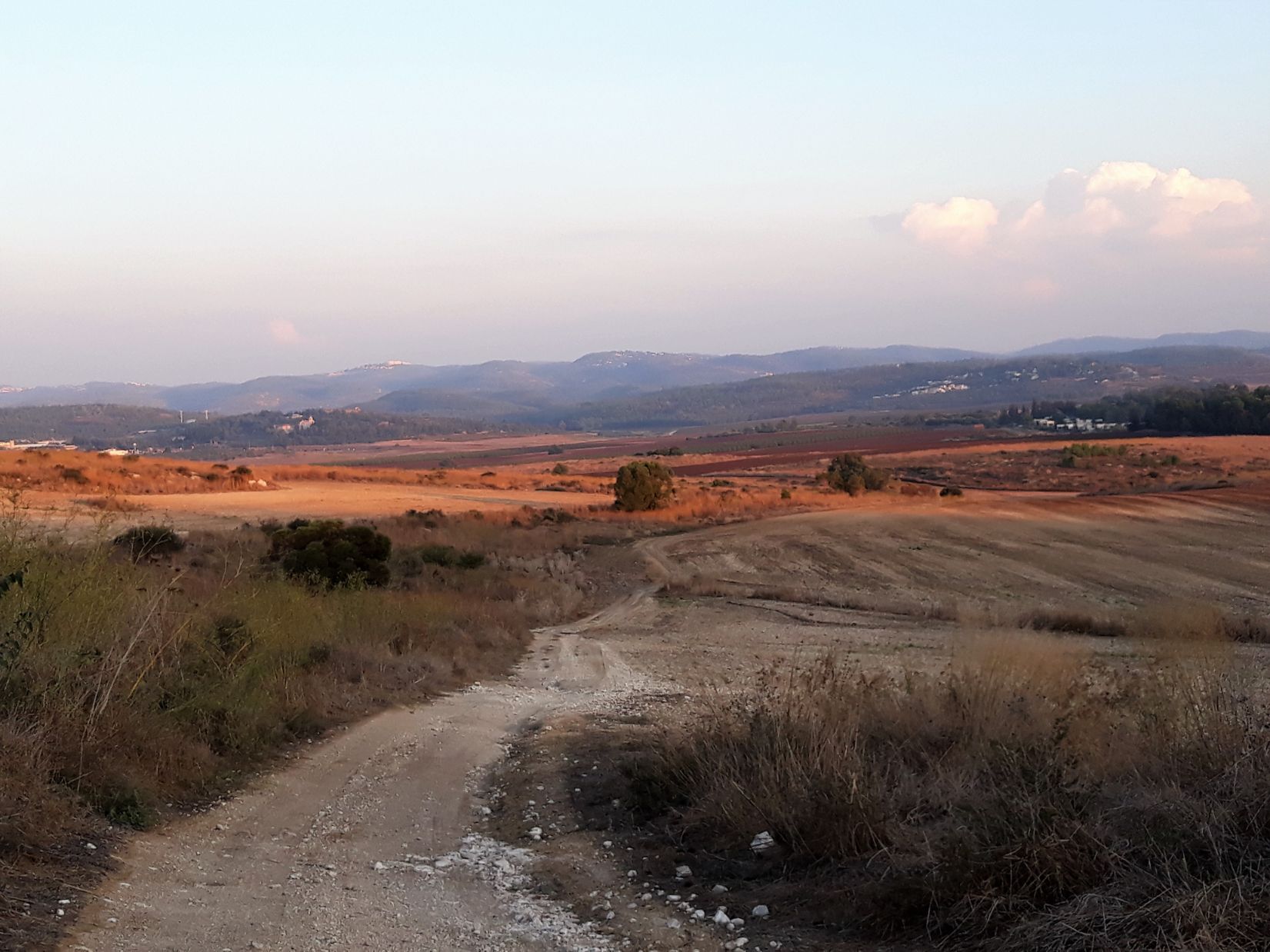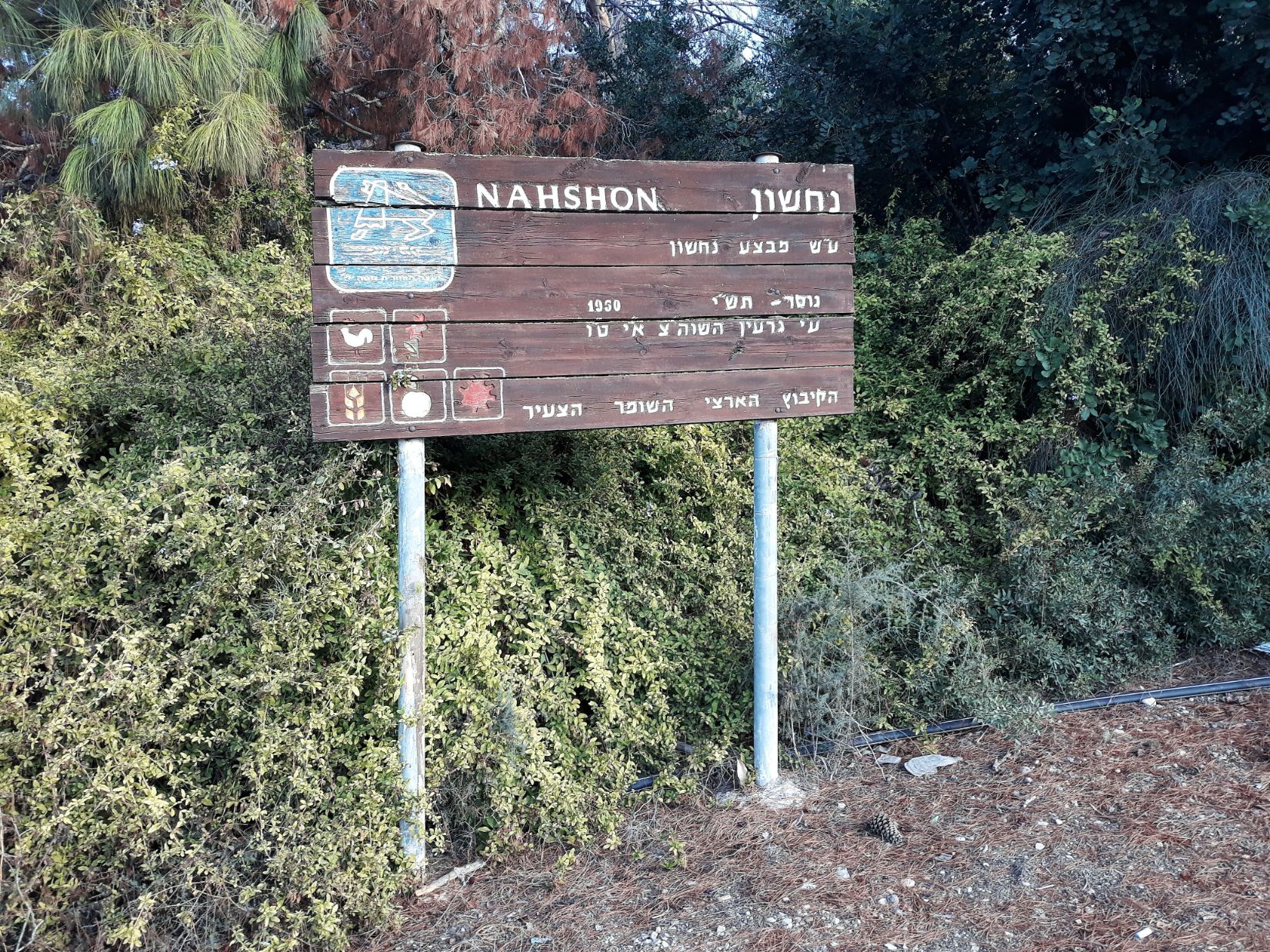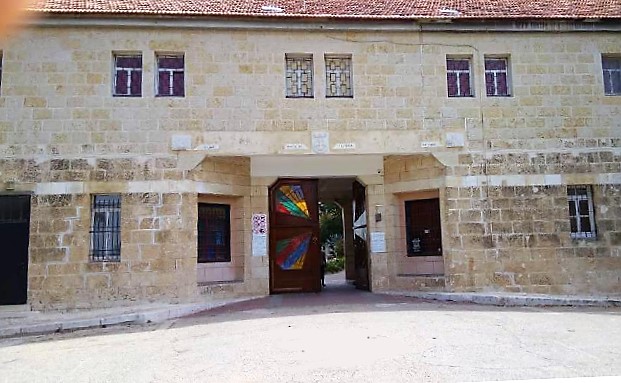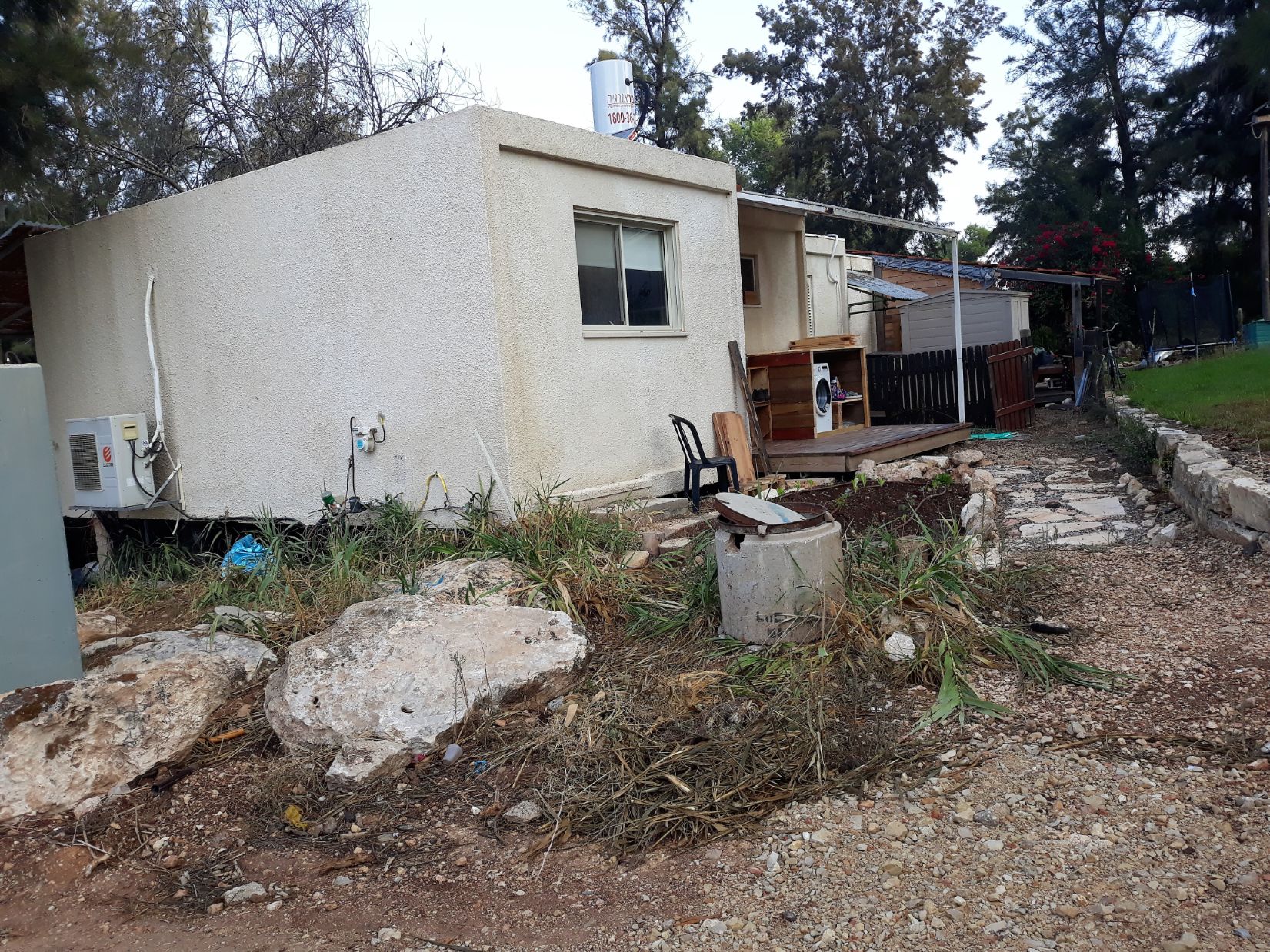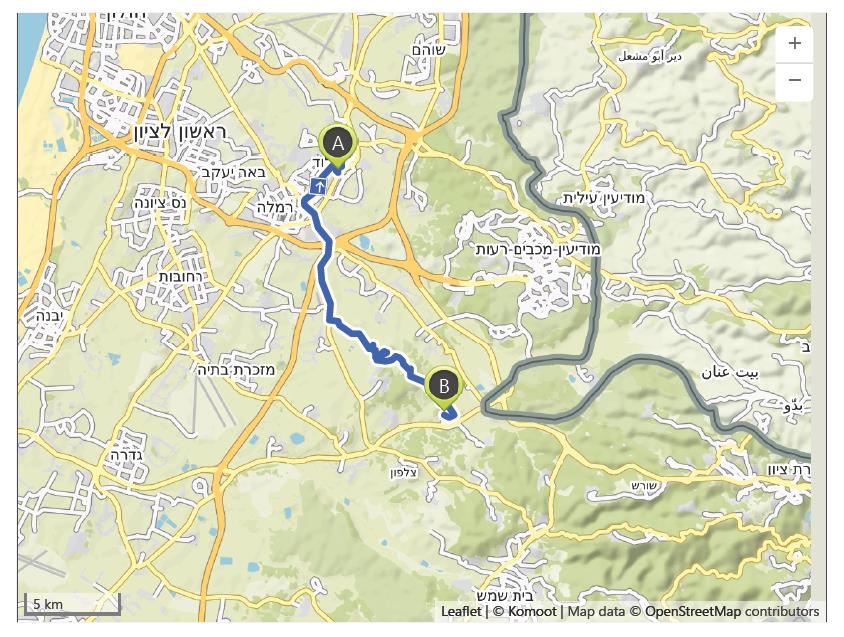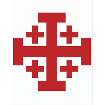Lod to Nahshon – 27th October
Distance: 26.0 km – Elevation +360 m -250 m
Weather: Sunny. Temperature: High 27 degrees
It was Sunday morning, the holiest day of the week for Christians, the “Lord’s Day” and generally a day of rest, but for both Jews and Muslims it was the first day of the working week.
Elena was waiting for me as I left the bedroom, she had prepared a good breakfast for me and after, as I was leaving, she said “You must visit St.George’s Church before you leave Lod. It is just a short distance from here” and that is what I did. The Greek Orthodox church was first constructed in the Byzantine period, rebuilt by the Crusaders, and again rebuilt during the late Ottoman period; it houses the tomb of St George and is an important shrine and pilgrimage site. In the early 1870s, the Ottoman rulers gave permission for it to be built on the site of the original Basilica providing a mosque was also built next to it – the Omar El-Khidr Mosque.
George is revered by both Christians and Muslims and “On November 16 of every year, the church of St. George in Lod fills with hundreds of worshippers who arrive for the Feast of St. George/Khidr, the day commemorating the translation of his relics to the church at the heart of Lod. Pilgrims travel from Nazareth and Bethlehem and as far away as Jordan to receive the blessing of the saint, who is the patron saint of Palestine, and to ask for healing or the gift of childbirth. Muslims come to honour al-Khidr, or “the green one,” a Quranic figure. They light candles together in what is one of the last truly shared feasts between Muslims and Christians in the region.
It also marks the end of the olive harvest, and central to the feast day is a ritual in which pilgrims descend to the tomb beneath the church and pour olive oil on the tomb of St. George, in thanks for a bountiful harvest. They retrieve the olive oil in small containers to distribute to those who need blessing.
Though much of the life of St. George is disputed, popular stories about him circulate widely throughout the Middle East and in Palestine in particular, where he is the most widely venerated saint. In private homes, families often display icons, pictures, and even embroidered images of him in his soldier’s outfit, slaying the dragon. Tradition holds that St. George was born into a wealthy family in Asia Minor during the Roman Empire and became a soldier under the Emperor Diocletian. When he refused to cooperate with the persecution of Christians and publicly declared his Christian faith, he was ordered to be put to death. Stories hold that the emperor tried various ways of torturing and killing him, including binding him to a wheel, giving him poison to drink, and tearing at his body with hooks, all to no avail. Each time George miraculously survived. While he was in prison, he was reported to heal many who asked for his help. Eventually, he was beheaded with a sword in or near the city of Lydda (now Lod). In the immediate centuries that followed, a devotion to the tomb holding his relics began and a church was built during the Byzantine period. During the Crusader period the Crusaders, who related to St. George as a valiant soldier and believed that he urged them on in the battle to take Jerusalem, built a cathedral there. Devotion to the relics at the tomb continues to this day.
The name George comes from the word “farmer” in Greek and he has a deep love from farmers, still seen by the farmers who visit the tomb at the end of the olive harvest to offer a portion of the season’s oil in thanks. George and Jeries, another form of his name, are two of the most common names for Palestinian Christians, and additional shrines and feasts to the saint exist throughout the country, markedly in al-Khader, outside of Bethlehem, which is named after him.
Al-Khidr, or the green one, refers to a character in Surah al-Kahf in the Quran who is famous for initiating the Prophet Moses into the mysteries of God. According to Islamic scholar Annemarie Schimmel, tradition among some Muslims holds that al-Khidr has reappeared to devout Muslims throughout history, sometimes saving their lives in times of danger, other times initiating them into a deeper knowledge of God.
In the Middle East, the shrines of St. George and St. Elijah are often associated with al-Khidr by local Muslims, and not only Muslims but often Christians refer to St. George as “al-Khidr.” In Lod, the church of St. George shares a wall with the neighbouring mosque, cementing them as a shared site between Christians and Muslims. Muslims at the feast told me that they had come to the church in order to descend to the tomb of al-Khidr. They also light candles alongside Christian pilgrims, and some offer oil, though they perform their prayers in the neighbouring mosque.” ( Text from http://www.mosaicstories.org/2017/11/20/unlikely-survivor-shared-feast-st-georgekhidr-lod/)
St. George’s Church is open to all visitors but a notice on the Omar Al-Khidr Mosque states ” This is a Holy Place – No entry to Foreigners “, which somehow seems out of place at this location.
The expected Medicane never arrived and it was warm and sunny when I set out from Lod heading for Nahshon where I had booked a night stay in a kibbutz. I passed through Ramla where I stopped at a small supermarket and purchased bread, cheese and fruit for a later lunch. From Ramla, I took Highway 44 and after 5 kilometres I reached the junction that would take me to the moshav of Biet Usiel, a small farming community founded in 1956, It was past midday and I sat in the shade of a bus stop shelter and enjoyed a lunch of bread and cheese, and fresh fruit. After passing through Biet Usiel I found myself in open countryside and the roads turned to tracks running through recently ploughed arable farmland and then climbing along white stone tracks through olive groves with views back to Tel Aviv. At one point I lost my way and had to backtrack a few hundred metres before reaching my second surprise of the day a sign welcoming me to Tel Gezer National Park.
Tel Gezer was a dominant fortified Canaanite and Israelite city, and today its ruins are considered to be one of the most important biblical sites in Israel. It was positively identified by a series of boundary stones clearly marked with the name of the city. Robert Macalister, who undertook a major archaeological exploration between 1905 and 1909, states in his written history (1912) “It was not till the first invasion of the Semites that Gezer ceased to be a mere settlement of savages and began to assume the dimensions and the importance of an organized city. Various lines of argument agree in indicating 2500 B.C. as approximately the date of this momentous event;” He goes on to state that much of this early history is derived from Egyptian sources. The Merneptah Stele discovered in 1896 by British archaeologist Flinders Petrie describes Pharaoh Merneptah’s military victories in 1207 b.c.e and includes the following inscription “The Libyans are destroyed : the Kheta are at peace : the land of Canaan is captive . . . : Ashkelon is carried into captivity : Gezer, too, is taken : Yenoam is destroyed : Israel is spoiled, it has no crops : Southern Palestine is like a widow for Egypt”.
Gezer is mentioned in the following books of the Old Testament, Chronicles, Kings, Samuel and Judges. It was first taken from the Canaanites by the Egyptians and from the Egyptians by Joshua and the Israelites before again being taken back by the Egyptians as mentioned in the Merneptah Stele. It was taken from the Egyptians by the Philistines who kept control of the city until Solomon took the throne after the death of his father King David. Solomon’s first wife was the daughter of Egypt’s pharaoh (1 Kings 3:1). Subsequently as we learn from 1 Kings 9:16; “For Pharaoh king of Egypt had gone up, and taken Gezer, and burnt it with fire, and slain the Canaanites that dwelt in the city, and given it for a present unto his daughter, Solomon’s wife”, and as we learn again from the Book of Kings “ And Solomon rebuilt Gezer….” (1 Kings 9:17)
The city of Gezer was strategically located close to the crossroads of two important trading routes. The first was the early bronze age coastal route that ran from Egypt through Syria to link with the Silk Road and thus Anatolia. The Romans called this route the “Via Maris”. The second route was the road that linked Jaffa with Jerusalem, the road used to transport the Cedars of Lebanon which Solomon used to build the Temple to house the Ark of the Covenant. So it was an extraordinarily special moment as I climbed the hill to explore the site and survey the panorama that stretched out before me in all directions. It was a beautiful clear day and the colours of the Plains of Philistia, and the Ayalon valley, in the lowlands of Judea. were breathtaking. At that moment in time I was the only visitor and throughout my time at this remarkable location I only briefly saw one other person, a young man on a mountain bike.
On top of the hill I followed the paths exploring the various excavations which include a replica of the Gezer calendar found at this site, the earliest known specimen of Hebrew writing; the High Place, a Canaanite monument of standing stones which it is suggested was used for a periodic covenant-renewal ceremony; Canaanite city walls and gate and water tunnel; and a wonderful Solomonic gate, clearly designed and built at the same time as those discovered at Hazor and Megiddo.
After descending from the hill the path led me past the Moshav of Beit Uziel founded in 1956 by Jews who had emigrated from Morocco and India. From Beit Uziel my onward route to the Kibbutz at Nahshon, took me along unmade roads and tracks through the Ayalon valley. Occasional forest paths but mostly wide open views of cultivated fields stretching out to the foothills of the Judean mountains.
Nahshon was my first experience of a kibbutz. Accommodation is expensive in Israel, a simple room in someone’s home will cost £40. I had arranged my room through Airbnb with a check-in time of 5 pm. After booking, I received a note from my host to say I wouldn’t be able to check in until 7 pm. I had no option but to accept.
With the clock changing darkness arrives by 5 pm and not wanting to walk in the dark I arrived in Nahshon at 5 pm and found the kibbutz shop and cafe where I bought fruit and other items, sat down at a table and tucked in. Around 6.45 pm the shopkeeper who only spoke Hebrew indicated he was closing and beckoned me to follow him into the shop. He placed some delicious pastries into a bag and together with two bananas gave them to me. It was close to 7 pm and I started to look for Shaikoo’s place and my bed for the night.. The kibbutz was like a maze and I was just walking in circles when a young man carrying his baby son asked if I needed help. After my explanation he knew immediately the location and he took me to the house. There was no one at home! Everyone knows everyone in a kibbutz so he called my host, and after a short conversation with Shaikoo he located the key and after opening the door he explained Shaikoo was working late and I could use the facilities in Shaikoo’s home whilst awaiting his arrival. I thanked him for his help and he left to return home with his son. Whilst waiting for my host to arrive I showered and changed and then relaxed on the terrace. It was a beautiful evening as I sat drinking a cup of coffee. It was a clear starry sky reminding me of the night skies at home on Exmoor. Shaikoo arrived alone at 8.00pm and offered to prepare a meal, I explained I had recently eaten so we sat with a glass of wine and talked on the terrace about my pilgrimage and his life here in Israel.
